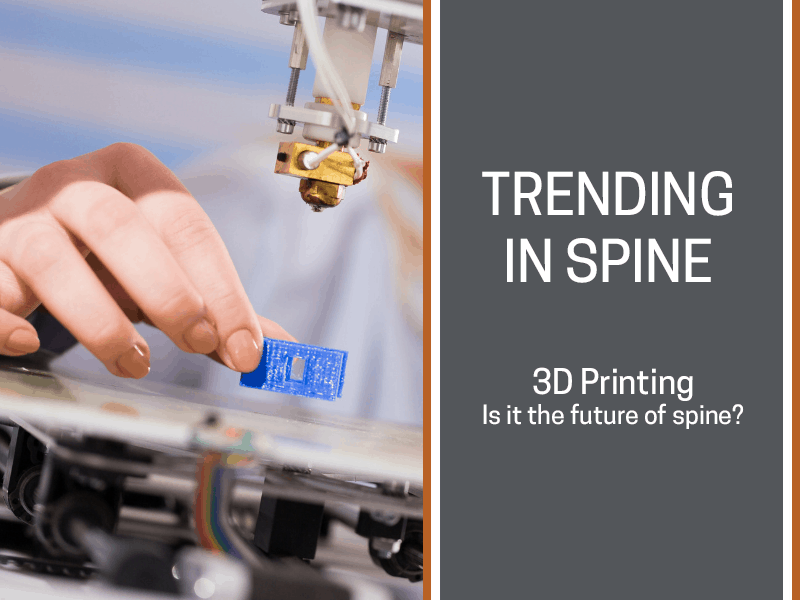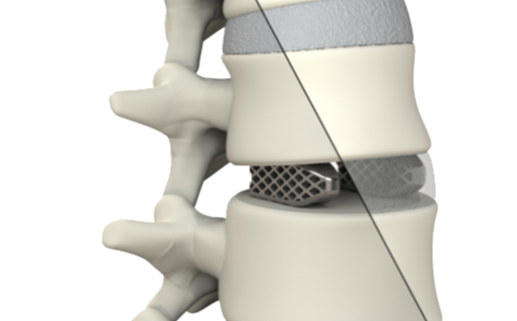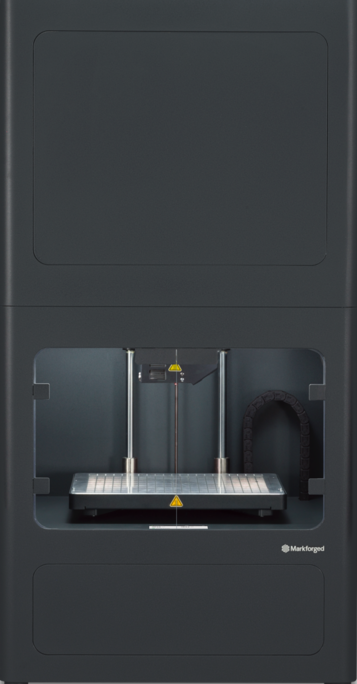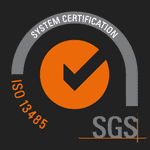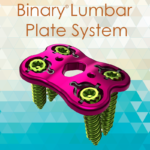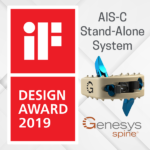2018 saw a boost in technology and popularity surrounding 3D printing.
From pencil holders to prosthetic limbs, to spinal implants, 3D printing seems to be on
course to make major waves in many industries including Spinal Fusion in 2019 and beyond.
According to Medical Device Network, it has been forecast that 3D printing in the medical field will be worth $3.5 billion by 2025, compared to $713.3 million in 2016. The industry’s compound annual growth rate is supposed to reach 17.7% between 2017 and 2025.
In the Spinal Fusion sector in particular, surgeons searching for the latest medical advancements may be looking to 3D printers for solutions.
Dr. Ralph Mobbs, Neurosurgeon at the Neuro Spine Clinic in NSW, Australia, recently shared his thoughts on 3D printing with SpineUniverse. “At times, we see unusual problems, such as a congenital deformity, severe spinal degeneration, or destruction of the spine from a tumor. These issues are difficult or impossible to reconstruct with an off-the-shelf implant. This is where 3D printing of customized implants, which are made specifically for the patient, comes into its own.”
“Every person’s body is different–no two parts should be exactly the same,” Matt Sand, President of 3DEO said in an interview with MD+DI Online. “One generic implant may work perfectly for one patient but may be too big or uncomfortable for another. So why make generic sized parts when we can customize each part to the patient? With 3D printing, medical devices can be optimized to suit the needs of specific patients.”
We are pleased to announce our acquisition of a Markforged Metal X print system here at Genesys. The Metal X is the world’s first Atomic Diffusion Additive Manufacturing machine and will provide our engineers everything they need to go from design to fully functional printed metal prototypes faster than ever before.
Resources:
https://www.medicaldevice-network.com/
http://www.neurospineclinic.com.au/
https://www.spineuniverse.com/
https://www.medicaldevice-network.com/features/3d-printing-in-the-medical-field-applications/
https://www.spineuniverse.com/resource-center/spinal-cancer/3d-spinal-implants-glimpse-future
https://www.mddionline.com/5-steps-move-3d-printing-processes-prototyping-production
MKT-099 Rev. A


